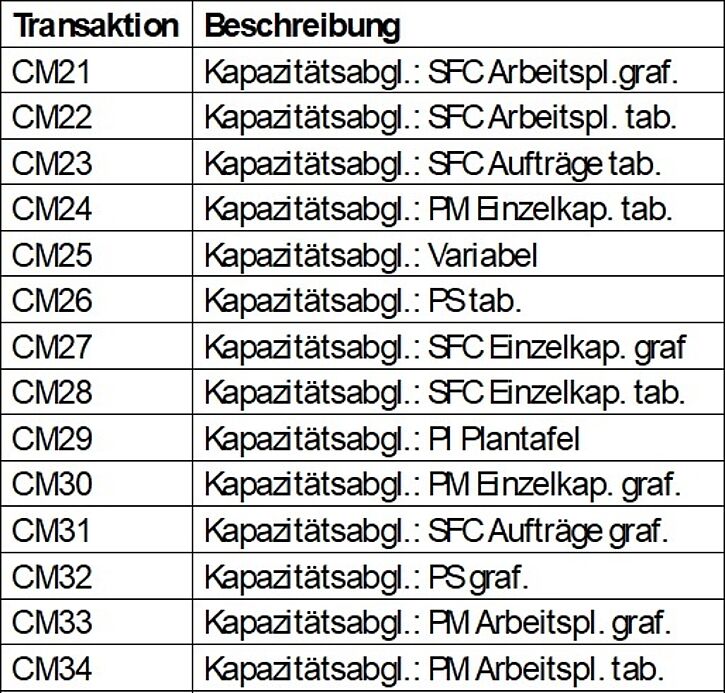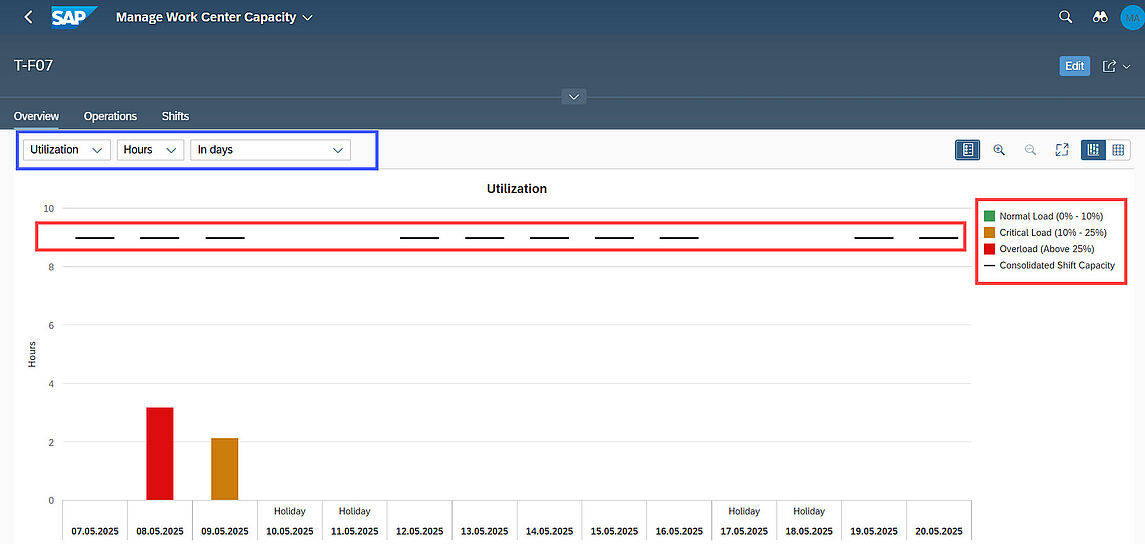SAP is ending the use of classic CM* transactions under licensing law - such as the integrated planning tables for S/4HANA users at the turn of the year 2025/26. This change was already announced in earlier compatibility pack lists, but was overlooked by many users. The situation is particularly critical for companies that have already migrated to S/4HANA - they only have a few months left to make the switch. ECC users have a longer transition period until the end of 2027, or until the go-live of the S/4HANA transformations - whichever comes first.
Initial situation and problem definition

SAP is moving more and more functions into the SAP core to promote standardization, cloud capability, speed of innovation and cost efficiency. This enables customers to work with a clean, future-proof system that requires less customization and is easier to update. At the same time, it strengthens SAP's position in the market with a modern, integrated product portfolio. In this context, various CM transactions in SAP S/4HANA will also no longer be usable as of January 1, 2026, posing significant operational challenges for many companies. The following key aspects and specific options for action are available to users in order to avoid these problems:
In detail: three solutions
The migration of these CM* transactions requires a strategic decision that depends on the company's individual planning requirements and resources. The following options - PP/DS implementation, Fiori apps as an interim solution or a cloud contract as part of RISE with SAP (also private cloud) offer different approaches to replace the functionality of the planning tables that are no longer required and to ensure the smooth continuation of business processes.
1. PP/DS implementation (Production Planning and Detailed Scheduling)
The most sustainable solution is migration to PP/DS. This not only offers a replacement for the planning boards that are no longer required, but also significantly expands the planning options. Experience from customer projects shows that a two-stage introduction makes sense:
- Phase 1 (go-live by December 2025): Implementation of a basic planning board to ensure work capability in 2026
- Phase 2 (Go-live 2026): Expansion of detailed planning functions and subsequent process optimization.
2. Fiori apps as an interim solution
3. Cloud contract option (RISE with SAP and private cloud)
Cloud customers have the option of extending usage until 2030 via special contractual agreements. However:
- SAP must explicitly confirm this in writing
- Please contact your SAP sales representative in good time, as the processing of such requests can take several weeks due to their complexity
- Not all CM* transactions are necessarily covered
Risks and warnings
- The continued use of CM* transactions after 01.01.2026 is not permitted under licensing law, even if the functions are still technically available.
- Project risks: Pure Fiori solutions often lead to productivity losses. PP/DS projects are often delayed due to unclear requirements.
- Cost traps: The supposedly cheaper Fiori option can become more expensive than a direct PP/DS implementation due to subsequent adjustments.
What should I do?
Below is a checklist with the most important points:
1. Immediate inventory
- Identify all CM* transactions still in use
- Document the affected business processes
- Evaluate the migration effort (internal/external)
3. Create a project plan
- For PP/DS: Plan two-stage approach (basic planning board 2025, enhancements 2026)
- Plan test phases (at least 3 months before go-live)
- Develop training concept in parallel
4. Integrate SAP partners such as CONSILIO
- Take advantage of webinars and consulting services
- Let us show you implementation examples
- Clarify license issues at an early stage
Conclusion
The upcoming changeover is more than just an IT issue - it affects core production planning processes. Companies should use the remaining time to make well-founded decisions. Waiting will lead to a dead end, while a timely PP/DS implementation can bring long-term competitive advantages. The key lies in a realistic assessment of your own requirements and resources.





